DC's new Linearverse explained
A field guide to the new corner of the Omniverse with a different approach to DC continuity
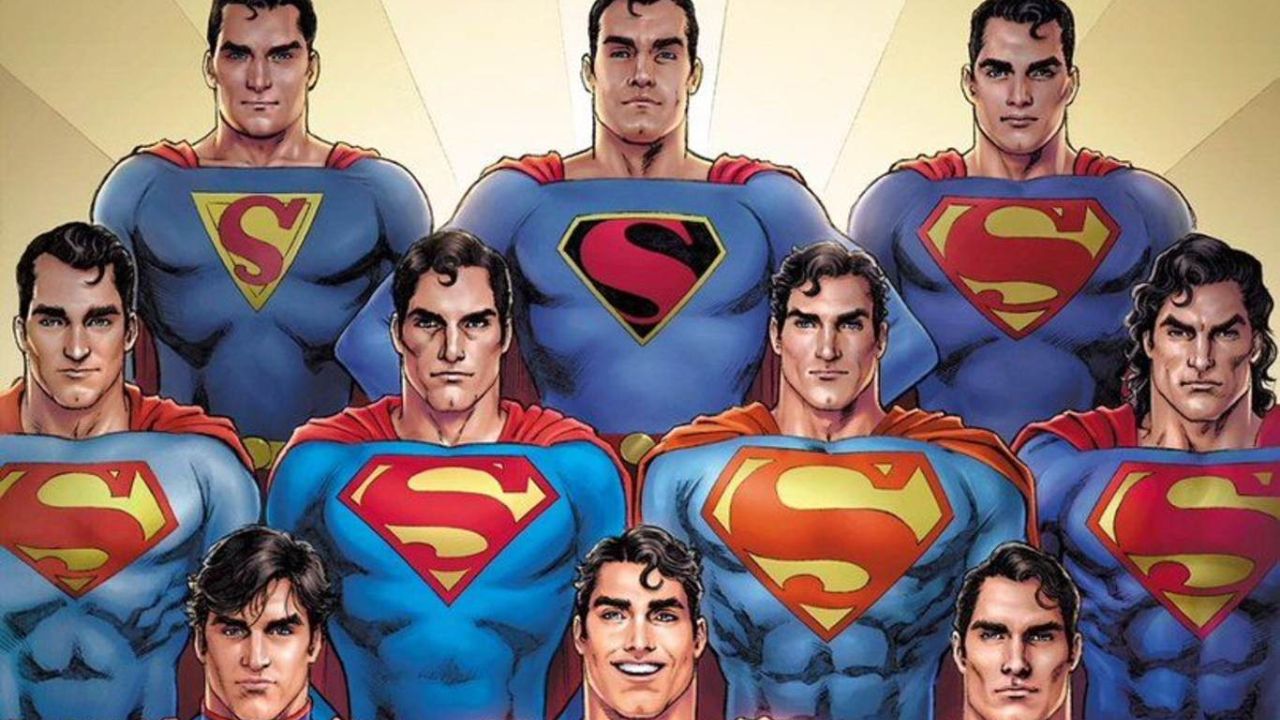
DC's new all-story encompassing new universe they're calling the Omniverse debuted in January's Dark Nights: Death Metal #7 and readers will be getting a much closer look at it in March 2's Infinite Frontier #0. But a week earlier on Tuesday, February 23 it is already in expansion mode with a new corner of the DCU within the Omniverse called the Linearverse.
What is the Linearverse? We explain the background of it here and get some comments from Dan Jurgens, one of the co-writers of the story it's debuting in, Generations: Forged #1.
But for a more straightforward explanation of the Linearverse, you've come to the right place.
DC readers might want to duck out now if you're planning on reading Generations: Forged #1 and want to wait.
[That's a spoiler warning, FYI.]
So what is the DC Linearverse? First, you have to understand what the DC Omniverse is.
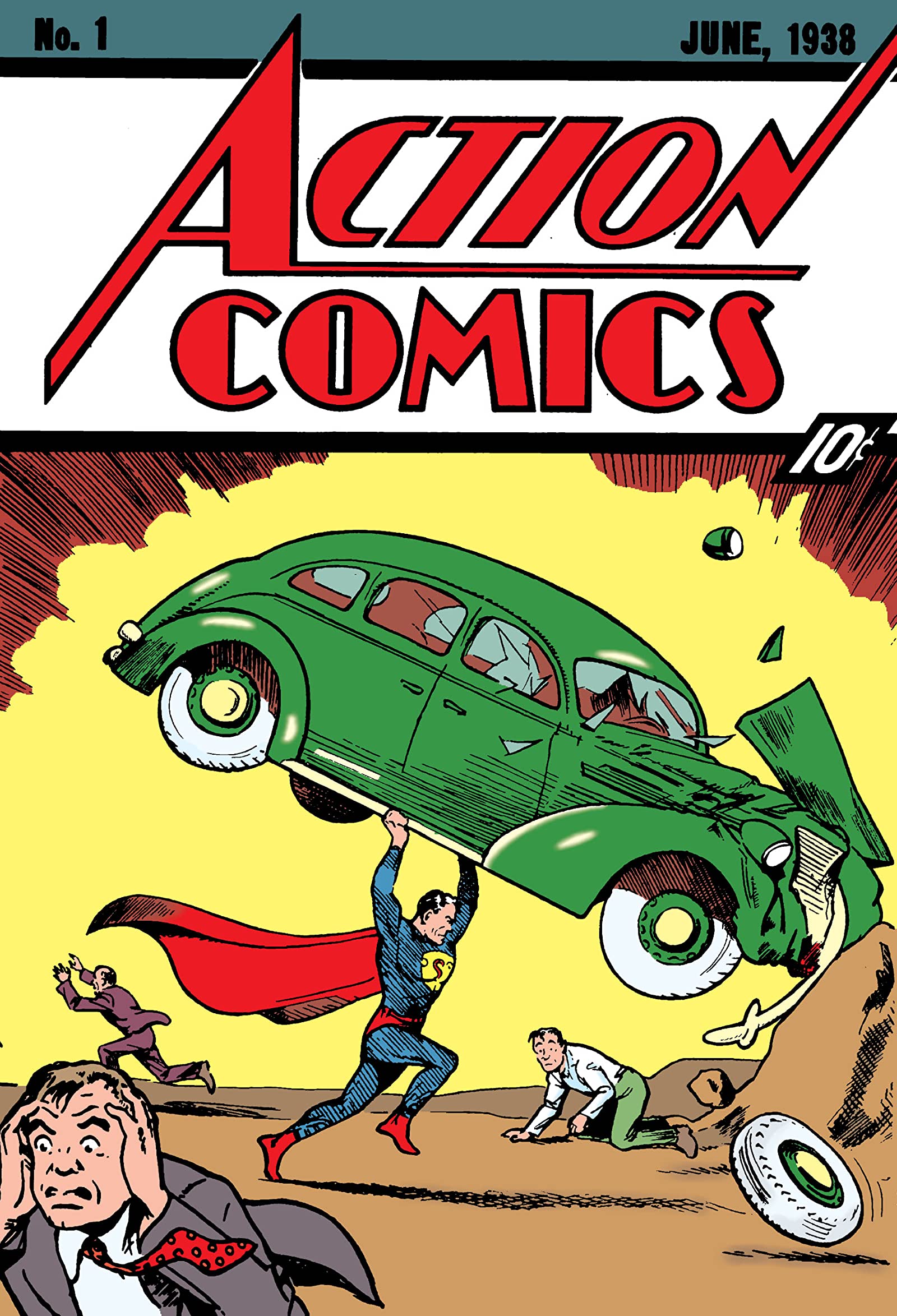
Because DC comic book history began in 1938 with the debut of Superman in Action Comics #1, official DC Universe canonical history - what comic book readers refer to as continuity - has been officially rewritten over and over again to explain how superheroes like Wonder Woman, Batman, and Superman that have published adventures dated to real-world events like World War II can still be active in new adventures that take place in the here and now.
That has resulted in a series of retcons (retroactive continuity) and reboots (introducing a new version from scratch) that attempt to explain how a character like Batman can still be somewhere between 30 and 40 years old in 2021, despite chronologically being no less than over 100 if you assume he was in his 20s during his 1939 debut.
This led to the creation of the Multiverse concept in the '60s, specifically in 1961's 'The Flash of Two Worlds,' which explains how two versions of the speedster character the Flash - one created 1940 (Jay Garrick) and one created in 1956 (Barry Allen) can co-exist.
The popularity of superhero comic books waned in the post-World War II years and characters like the Flash, Green Lantern, and Hawkman disappeared while Superman and Batman endured.
A superhero revival in the '60s caused DC to bring back the Flash, Green Lantern, and Hawkman, and others but in new, updated versions unrelated to the previous ones.
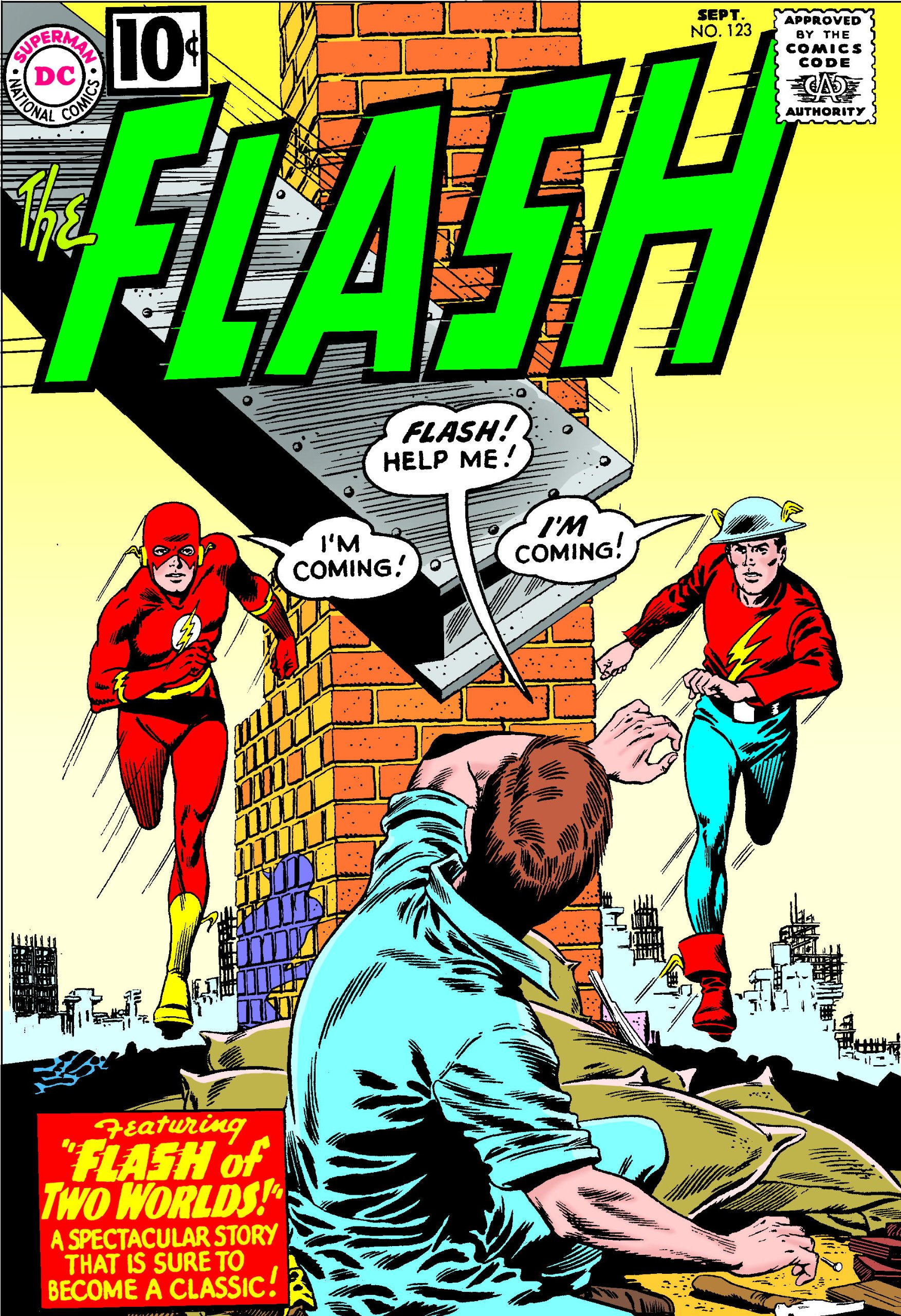
But 'The Flash of Two Worlds' established the premise the previous versions of the characters existed on a second Earth, Earth-Two.
Earth-Two eventually became the home of other versions of classic characters that aged and whose lives moved on more than their mainline counterparts, like a gray-templed Superman who was married to Lois Lane decades before they were married in the main DC line, and a much more grown-up Robin, who by the '60s was still in his mid-teens 40 years after his debut in the core Batman titles.
Get the best comic news, insights, opinions, analysis and more!
Years of stories taking place in different eras and the expansion of Multiverse to include more Earths including worlds DC acquired from other comic book publishers like Fawcett's Captain Marvel (who you know as Shazam) resulted in DC's first attempt to try to juxtapose all their stories into a single, cohesive timeline.
1985's iconic and very meta Crisis on Infinite Earths (recently loosely adapted to a DC superhero CW crossover) attempted to do away with the Multiverse, but the gravity of trying to turn what was then 50 years of stories into a 10-year timeline resulted in DC having to publish recurring maintenance storylines (most with the word 'Crisis' in the title ) to try to fix the logical inconsistencies Crisis introduced, but to no avail.
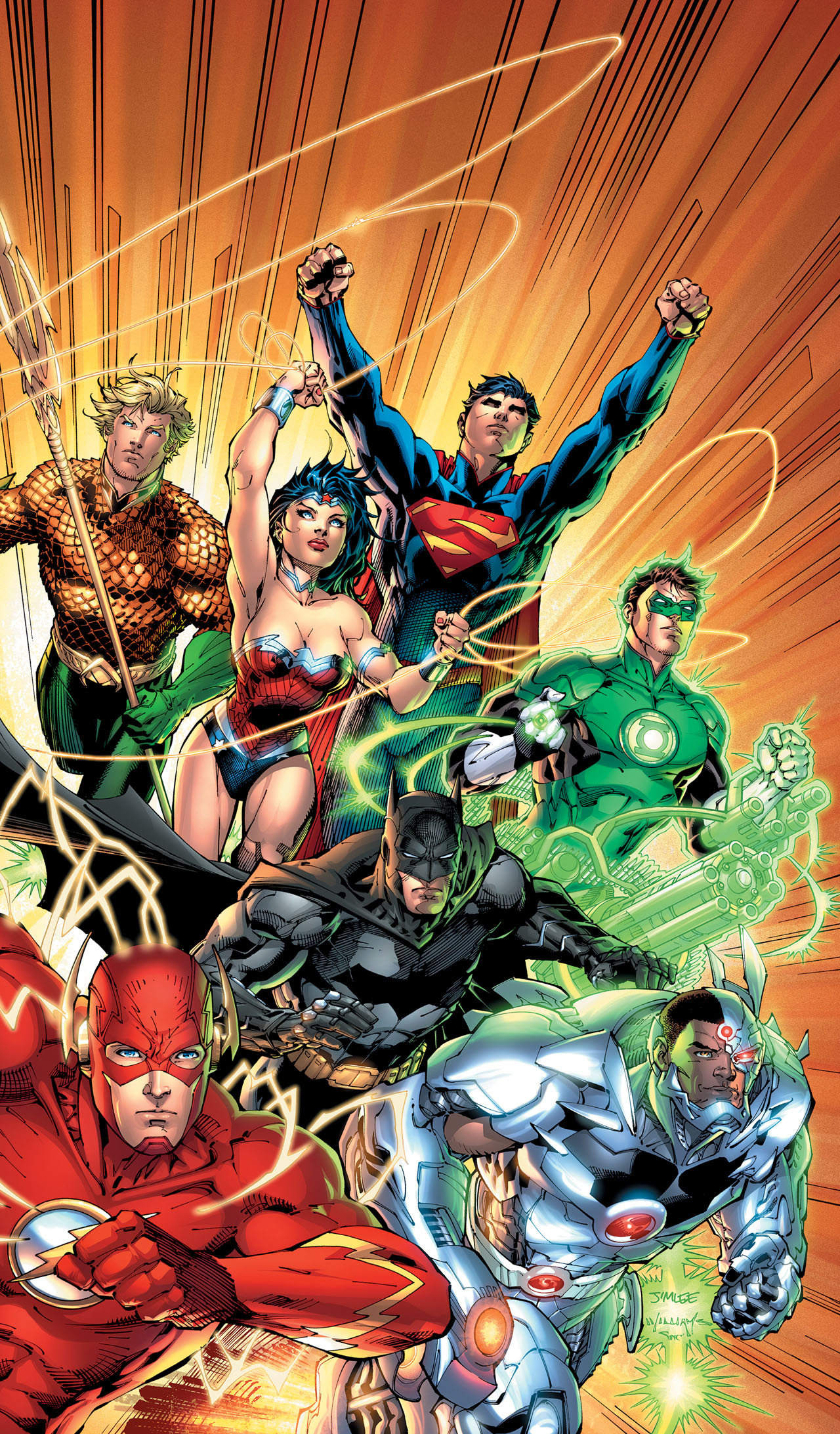
In 2011 DC tried again more definitively with the full reboot 'The New 52,' which again attempted to streamline all DC history in a manageable timeline. But again the weight of its full history and the fact that many of its editors and writers revered much of the history that was done away with resulted in the Multiverse concept slowly making a return throughout the '10s.
Apparently recognizing the folly of trying to defeat the passing of time, DC's new approach is to stop trying to make it all make sense and to simply acknowledge it ALL happened. All timelines and multiverses and alternate realities and futures exist in an Omniverse.
While the current iterations of the classic DC heroes like Batman and Superman exist in an approximation of real/current-time, they're also meta-aware of the Omniverse's existence and somewhat aware that their own lives, memories, and history are part of an intricate tapestry and patchwork of time and reality.
And because it's still so new, we don't know yet how much DC will try to explain how it fits together narratively, or if they'll even try at all.
This brings us to the newest wrinkle (and thanks for bearing with us), the Linearverse.
A separate reality within the brand-new Omniverse, this way of looking at DC's history takes a much simpler approach DC never tried in earnest ... until now.
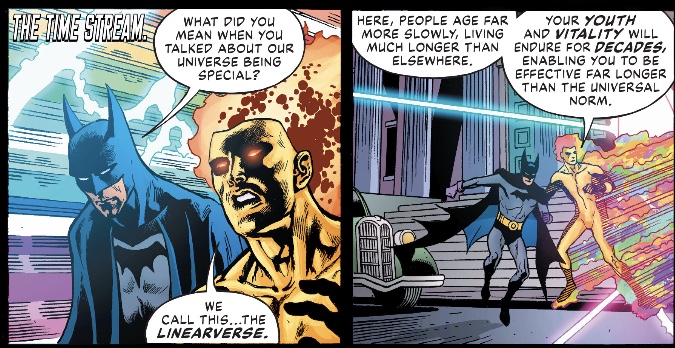
In the Linearverse, characters simply live longer lives than people who don't live in the Linearverse, and this is true for aliens from other worlds like Superman, mythological characters like Wonder Woman, and normal human beings like Batman.
So the same Bruce Wayne whose parents were killed in Crime Alley in the late '20s or early '30s and first took to the streets of Gotham City as a vigilante in 1939 is the same guy still fighting crime in 2021.
Technology advanced, fashion changed, world events like wars and presidential terms passed normally in realtime, but the characters only aged a few years and lived through it and experienced and remember it all.
Like DC's past attempts to make linear of its history, it's not a perfect solution. The aforementioned Barry Allen from 1956 (who is the current Flash) first took the name as an homage to '40s Jay Garrick, who in Allen's world was a comic book character and not a real person.
In the Linearverse, Barry Allen would have to be aware that Jay Garrick really existed when he took the name the Flash because of course, Jay Garrick had adventures with the same Superman Barry did.
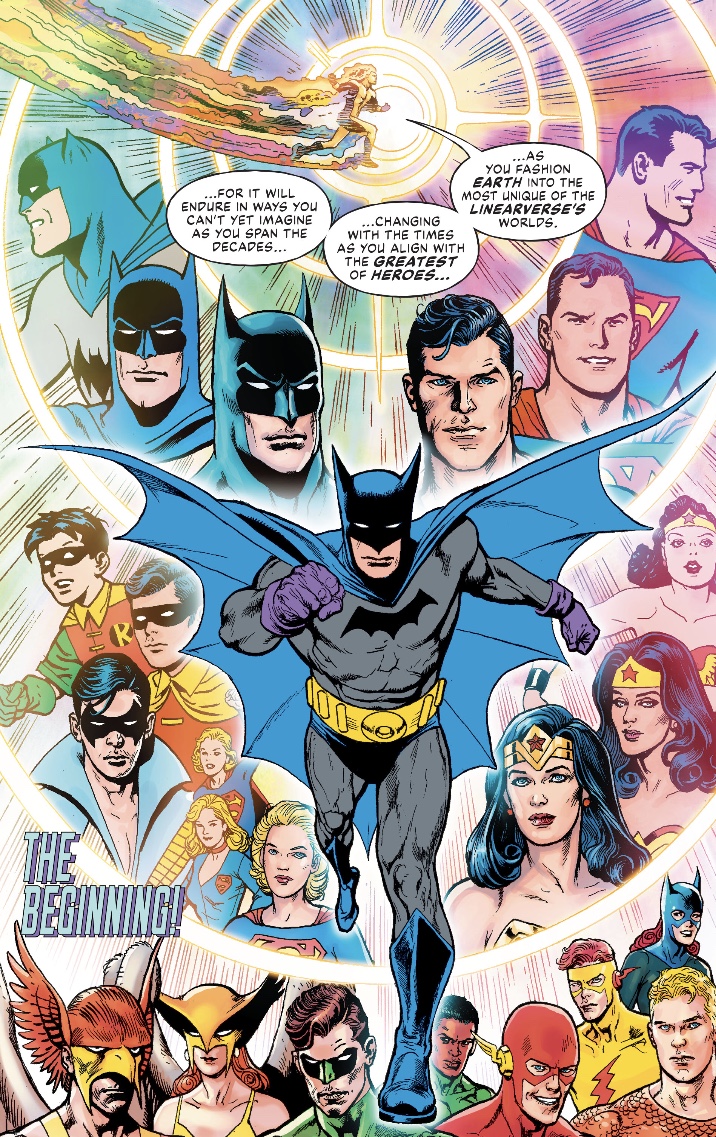
And the events like the original Crisis on Infinite Earths wouldn't make sense at all in a reality where there isn't a Multiverse.
As Jurgens explains to Newsarama, the Linearverse is its own unique playground for now. DC's regular ongoing series starring Superman, Batman, the Justice League, Green Lantern, and more will still exist in the greater Omniverse where time theoretically passes normally for the characters despite the fact it doesn't really pass for readers at all.
The Linearverse seems to exist as a storytelling option, to tell specific tales that require or benefit from the premise (for example) the current very serious Batman actually had and remembers his wackier, kid-friendlier science fiction-inspired adventures from the '50s, or that Superman and Batman have been friends for nearly 80 years.
As of now, DC has not announced any plans for more stories set in the Linearverse, but it is a new club in the bag for writers with a story to tell.
A few of the stories we mention are on Newsarama's list of the best DC stories of all time.
I'm not just the Newsarama founder and editor-in-chief, I'm also a reader. And that reference is just a little bit older than the beginning of my Newsarama journey. I founded what would become the comic book news site in 1996, and except for a brief sojourn at Marvel Comics as its marketing and communications manager in 2003, I've been writing about new comic book titles, creative changes, and occasionally offering my perspective on important industry events and developments for the 25 years since. Despite many changes to Newsarama, my passion for the medium of comic books and the characters makes the last quarter-century (it's crazy to see that in writing) time spent doing what I love most.


